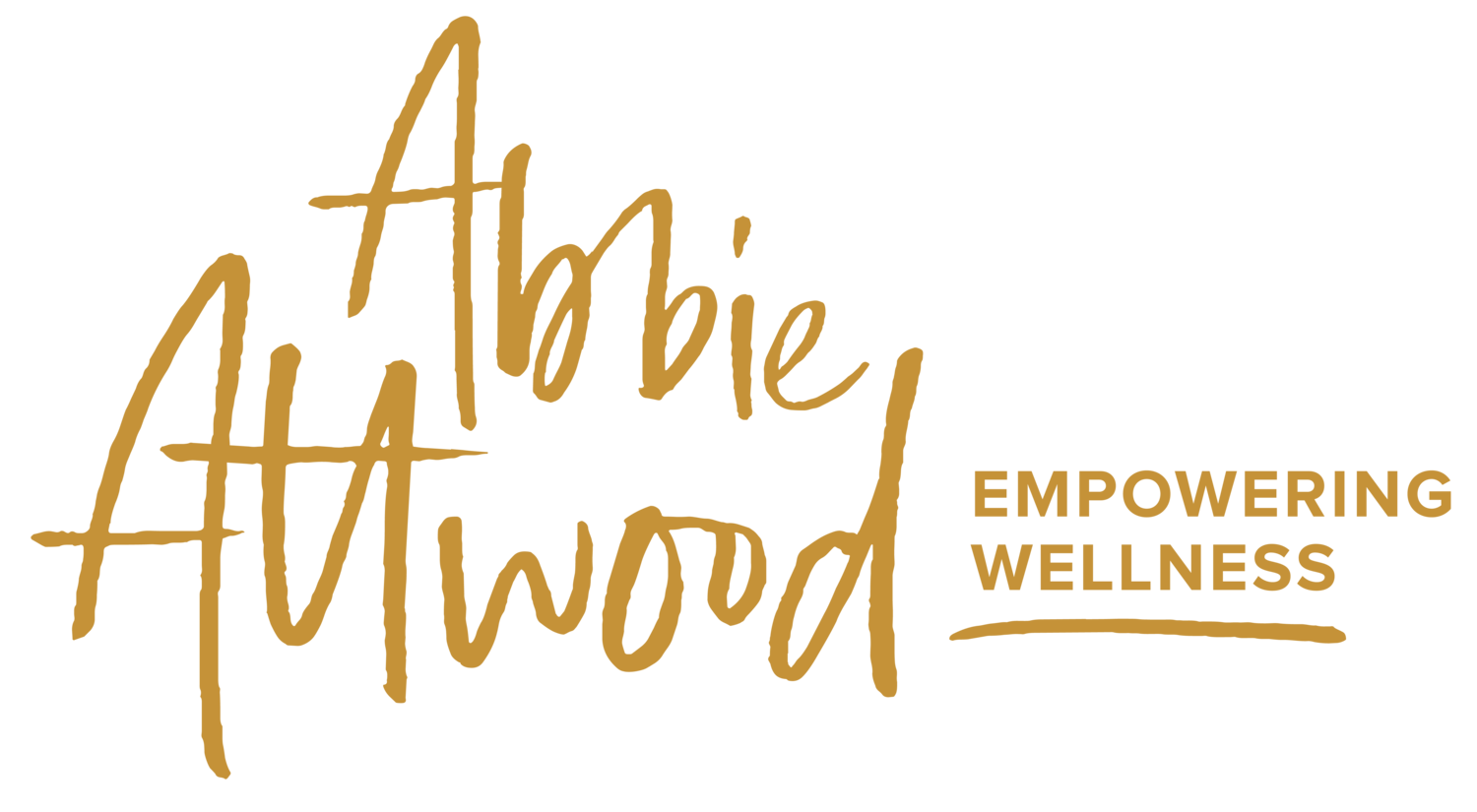The intersection of global running day and world eating disorders action day
On June 2nd, 2021, it was both Global Running Day and World Eating Disorders Action Day. A few weeks ago, when I realized that this calendar collision celebrating two of the topics closest to my heart was happening, I put my head in my hands and took a deep breath. I want so badly to separate one from the other. I want so badly for them to not feed off of one another. I want so badly for the staggering statistics of runners suffering from disordered eating to be a complete lie. I want so badly for athletes of all kinds to not feel the pressure of diet culture as a component of their athletic performance and their worth as human beings.
But that’s not the reality we live in.
The reality is, runners are at an alarmingly high risk for disordered eating. And we can see it in the numbers. Over 85% of female runners exist on the disordered eating spectrum. Over half will suffer from a clinical eating disorder. And many more will constantly toe the line of RED-S (Relative Energy Deficiency in Sport), where their bodies are not given enough energy (food) to support their training, which results in a lost period, declining bone health, infertility, and a cascade of hormonal imbalances that impact everything from mood to digestion (not to mention, declining athletic performance). Men are not immune either — and we need to talk more about eating disorders across the gender and non-binary spectrum.
My reality is that running both saved my life (by providing me a safe haven from anxiety), and then almost claimed my life (by driving me straight into an “atypical” eating disorder). For years, running was a healthy outlet for me — it brought me joy, adventure, peace, and an escape from the crippling anxiety I was experiencing at the time. Over time, I found success in the sport, and that drove an interest in finding more success (enter: tweaking my nutrition). I was eating plenty of food, until, suddenly, I wasn’t. From the outside (initially), it looked fine and I looked fine, because I was doing what other competitive athletes do: treating my body well with “good” food. But you see, that can tumble out of control. Eventually, by developing a restrictive mindset, I wasn’t supplying my body with enough or the right type of energy to support my training load, and my body finally responded. The outward physical response happens long after the mental and emotional one, and much further after the internal hormonal, muscular, and skeletal changes occur. I tell you this story because we have to start catching this disease earlier in athletes by knowing the signs; and BETTER YET, we need to prevent it.
I shared this quote from Desmond Tutu the other day: “There comes a point where we need to stop just pulling people out of the river. We need to go upstream and find out why they're falling in."
This is the quote I live by in my nutrition and coaching practice. This is the quote that continues to light a fire in me, and make me believe in the possibility of prevention.
In fighting my way back from disordered exercise and eating behaviors, I learned the importance of three things that ultimately saved me:
Grit.
Self-compassion.
Self-worth.
Had I not had inherently had those qualities, I doubt I would be here now.
So, in light of that, and to answer a reader’s question, here is what I know when it comes to combatting EDs in running (and beyond):
We can’t solve this in one day.
But we can build support systems and protocols (think: educating coaches and parents, providing mental health services, and having ED-informed nutritionists available to athletes) that serve our athletic communities in ways that actually foster grit, self-compassion, and self-worth.
Most importantly, we can teach athletes to nurture these qualities independent of sport.
We can dismantle diet culture by calling out unrealistic body standards, false claims around sports nutrition, and horrific marketing and social media content that fuels the fire of a disordered relationship with food and exercise.
We can stop the body shaming and body compliments that fuel disordered behaviors.
We can change the narrative around physical appearance and athletic performance.
We can reach out to those we see suffering: let them know they are not alone; let them know there is help available; let them know there is another way to live; let them know we will not abandon them.
We can do this, person to person.
It’s going to take a village. But I believe in this. I believe in you. I believe we can go upstream and keep other athletes from falling into the river of eating disorders.


